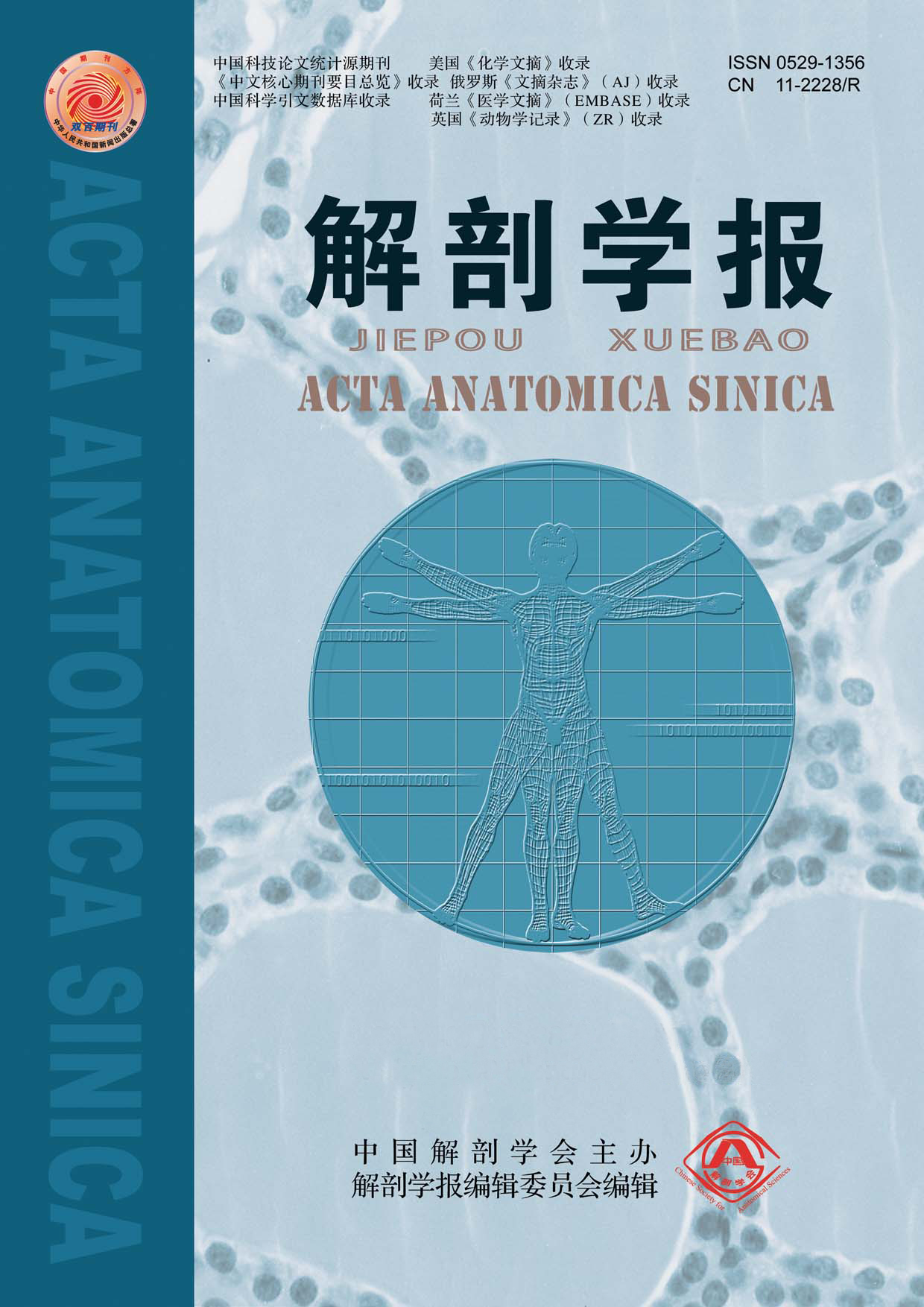Objective To explore the influence of vitamin D3 (VitD3) on embryo loss rate and peripheral immune cells in a mouse model of spontaneous abortion. Methods CBA/J×BALB/c was adopted to establish the mouse model of normal pregnancy, while CBA/J×DBA/2 was adopted to establish the mouse model of spontaneous abortion. There were totally 5 groups: normal group, spontaneous abortion group, VitD3 low dose group, middle dose group and high dose groups. The VitD3 groups were treated by VitD3 solution diluted in saline with intraperitoneal injection of 1μg, 4μg, 16μg, respectively, 15 cases per group. The embryo loss situation in each group was recorded and observed. The regulatory T cells (Treg) factor, interleukin-10 (IL-10) and helper T cells 17(Th17) cytokines, interleukin-17A (IL-17A), as well as the Treg and Th17 cell were detected. Results Compared with the normal group, a significant rise of embryo loss rate presented in spontaneous abortion group (χ2=16.045, P<0.05); Compared with spontaneous abortion group, the embryo loss rate in VitD3 low dose group, middle dose group and high dose group reduced significantly (χ2=5.881, 13.704, 15.663, P<0.05). Compared with the normal group, the Treg, IL-10, Treg/Th17, IL-10/IL-17A in spontaneous abortion group reduced significantly; Th17 and IL-17A increased significantly, and the differences were statistically significant (P<0.05). Compared with spontaneous abortion group, the Treg, IL-10, Treg/Th17, IL-10/IL-17A in VitD3low dose group, middle dose group and high dose group increased significantly, while the Th17 and IL-17A decreased significantly, and they all had significantly difference based on statistical analysis (P<0.05).Conclusion VitD3 can reduce the embryo loss rate in the mouse model of spontaneous abortion, which may be related to adjusting the balance of Th17/Treg.


